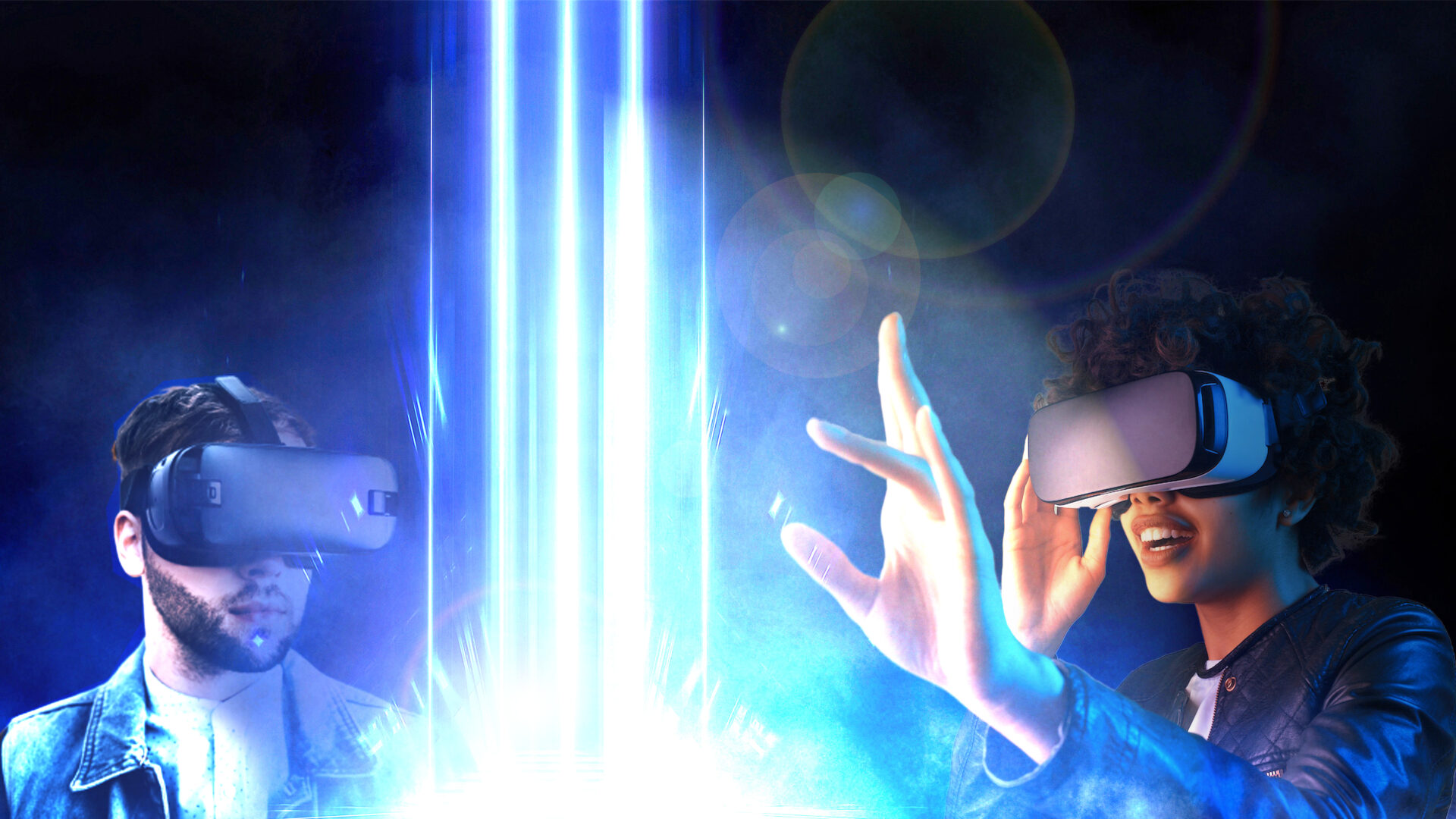Protracted quarantine restrictions around the world have led to an unprecedented demand for platforms that provide a more complete immersion and involvement in virtual spaces.
Even when online encounters are an excellent substitution for personal meetings and conferences, after a half year of using them, some users have expressed the need for “real” interaction and total fatigue from the Zoom one already. The tools that are used in this case are conventionally divided into two categories: 2.5D and 3D.
The 2.5D platforms right now provide certai imitation from the physical world (now named venue) and avatars (now named computer representation of the participants). But while they are barely a step ahead of Zoom's, it still doesn't spark up the advertising slogans of full immersion in the virtual world. It's more like an optimized immersive wrapper for 2D content.
On 3D platforms, avatars move freely in the virtual space. Most of these platforms don't need a VR headset, a PC or smartphone will suffice.According to 2020 reports, 3D event platforms are showing an explosive increase in demand since the advent of COVID-19. According to Alex Howland, President and Co-Founder of VirBELA, the platform saw a 653% growth in February and a 12x increase in monthly active users.
A new way of interacting requires a rethinking of the communication strategy. To host a virtual event that everyone will remember later, it is first necessary to re-develop a strategy for communication and interaction with users.
So if you're trying to recreate the benefits of face-to-face interaction at a virtual event, 3D platforms are a great option. These spaces are decorated with both template views and custom-made locations.
Is it really necessary to meet in the office when you can meet virtually and sit by a stream or a fire, on the beach, in the forest, or even on the surface of Mars?

